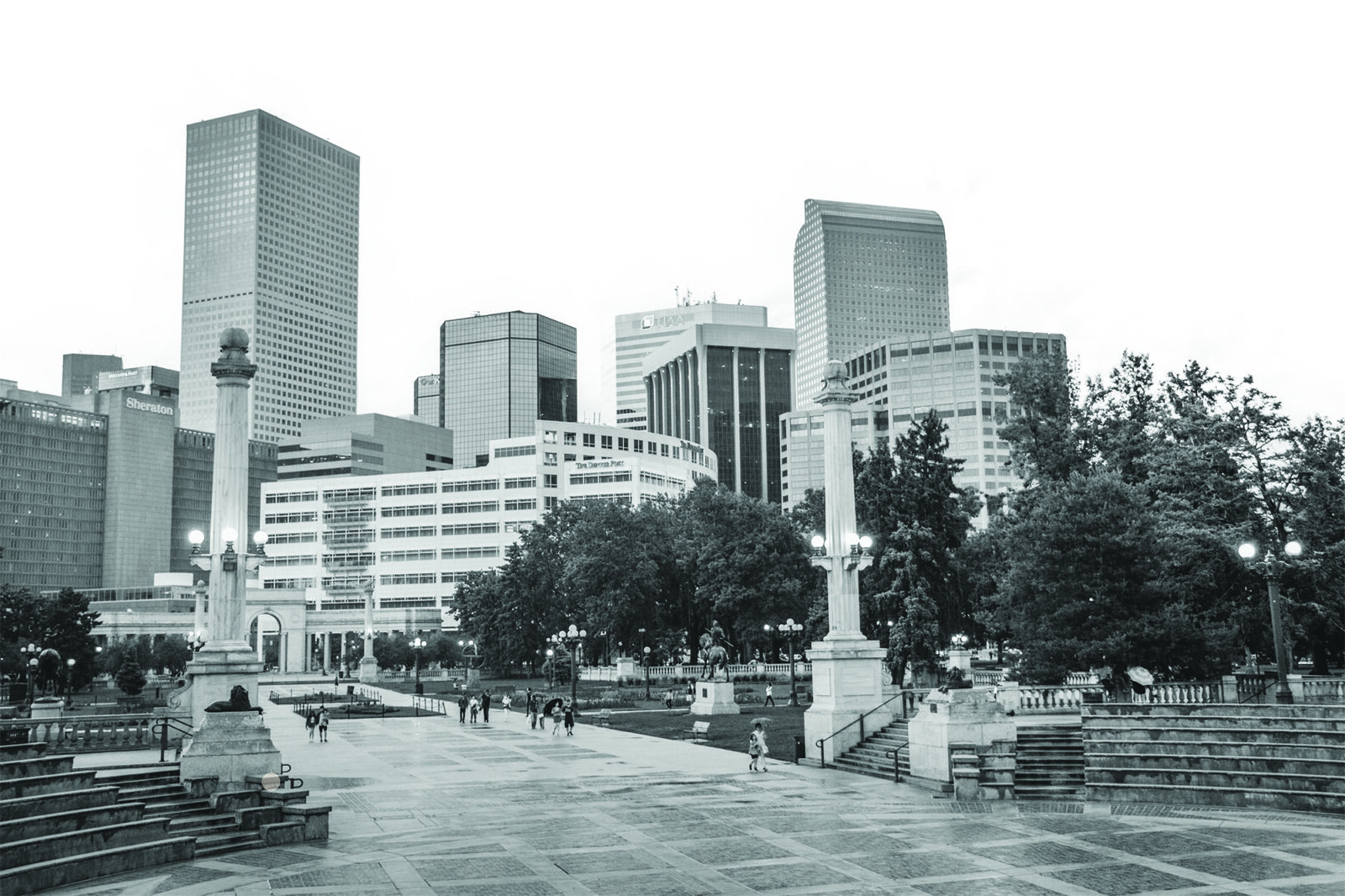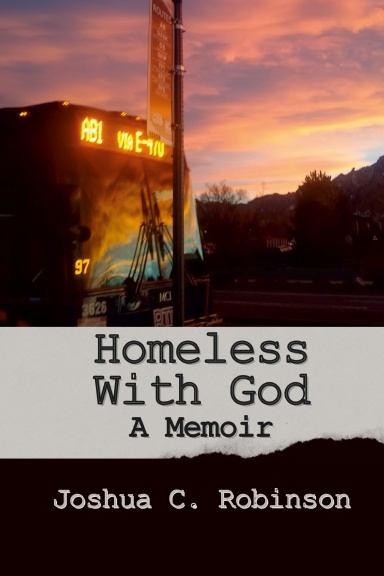Queer Homelessness in Colorado: How Can We Help?

Rasai Trammell has been an intern for OUT FRONT since…
Houselessness remains a hot-button issue in the United States. Since 2017, nationwide houselessness has risen by 6%, and the number of unhoused individuals reached record highs in 2022, according to the National Alliance to End Homelessness.
In Colorado, there has been a 130% increase in chronic houselessness in the last decade, with 36% of the population facing houselessness as of 2022.
Though it is difficult to track exact numbers given uncontrollable factors such as rates of self reporting, the Colorado Coalition estimates that anywhere from 10,000 to 53,000 individuals in Colorado are facing houselessness.
It is important to remember that unhoused does not solely mean the most visible of unhoused individuals—those living in tent cities or on the streets, but also those in temporary shelter or transitory living situations.
Even couch surfing, jail inmates, motel residents, and hospital patients must be taken into account as possible unhoused individuals—but these populations frequently are not represented in houselessness statistics. It is estimated that 30.4% of the houseless population in Colorado is unsheltered entirely.
Unsheltered is defined here as “sleeping in a place not designed for or ordinarily used as a regular sleeping accommodation” according to the Colorado Coalition.
As of 2022, 66.2% of Colorado’s houseless population was concentrated in the Denver metro area. High rates of unhoused individuals are usually seen in city areas due to factors such as gentrification, skyrocketing housing prices, and the amount of people that reside in cities.
Denver notoriously has a gentrification problem, as it ranks the second most gentrified city in Wthe United States, with 27% of neighborhoods currently being gentrified, as reported by the National Community Reinvestment Coalition. Gentrification leads to increased housing prices and demand in areas that previously possessed a more regulated economy.
Victims of gentrification are frequently racial minorities, specifically Black people, and racial minorities are overrepresented in houselessness statistics. The Colorado Coalition reports that 16.7% of Black Coloradans are houseless, despite only making up only 4.7% of Colorado’s general population. Meanwhile, Latino individuals make up only 22.3% of Colorado’s general population, but 24.5% of the houseless population.
Colorado government officials have not been kind to their houseless population—Throughout autumn 2023, the city of Denver conducted multiple sweeps of houseless encampments under the orders of Mayor Mike Johnston.
Johnston promised he would house 1,000 people by the end of 2023, and this effort saw lackluster results, as most unhoused individuals were not actually successfully moved into housing, and many simply moved further up or down the blocks that were being swept, as reported by Westword.
In January 2024, the Denver City Council banned sweeps from taking place in temperatures 32 degrees or below. However, the decision risks vetoing by Mayor Johnston.
Houseless individuals still remain a social taboo, even in the liberal city of Denver. In October 2023, Denver gay bar Triangle closed its doors indefinitely after six years in business, saying in an official statement that “the ever expanding encampments” were a “health and safety nightmare” they could “no longer endure.”
A major group that makes up houselessness statistics across the country is that of LGBTQ+-identified individuals, particularly youth.
The Trevor Project reports that as of 2022, 28% of LGBTQ+ youth nationwide reported experiencing houselessness at some point in their lives. Fourteen percent of respondents reported that they were kicked out of their homes or abandoned, with 40% saying it was due to their LGBTQ+ identity.
Within these statistics, it is shown that 44% of LGBTQ+ Indigenous youth experienced houselessness, while 36% of multiracial LGBTQ youth and 26% of black LGBTQ youth experienced houselessness.
Again, there is a clear racialized component to houselessness that crosses barriers of gender and sexuality.
Transgender youth are overrepresented in the nationwide houseless population, as 38% of transgender girls, 39% of transgender men, and 35% of nonbinary individuals reported experiencing houselessness, while only 26% of their cisgender counterparts reported experiencing houselessness.
In 2018, 51 LGBTQ+ individuals reported experiencing houselessness in the Denver-metro area. In 2022, 256 LGBTQ+ individuals reported experiencing houselessness in the Denver-metro area. Thirty of the 256 people in 2022 self-identified as either gender-nonconforming or transgender. All of these statistics were collected by the Point-in-Time Survey.
Currently, there is only one shelter that remains open in the Denver area that is specifically designed for transgender individuals—the Delores Project. And there is only one shelter specifically for LGBTQ+ youth, Urban Peak.
The Delores Project currently only has 50 beds, but Urban Peak announced in January 2024 that they would be upgrading their shelter to a 136 person capacity. Hopefully this will help to offset the huge disparity, but there is still much more work to be done.
What's Your Reaction?
Rasai Trammell has been an intern for OUT FRONT since September 2023 and is currently a student of English Literature and Film Studies at the University of Colorado Boulder. Rasai has authored many short stories, poems, and analytical essays both as creative outlets and for educational purposes. As a queer black woman, Rasai is passionate about diversity in the arts and social progress.









